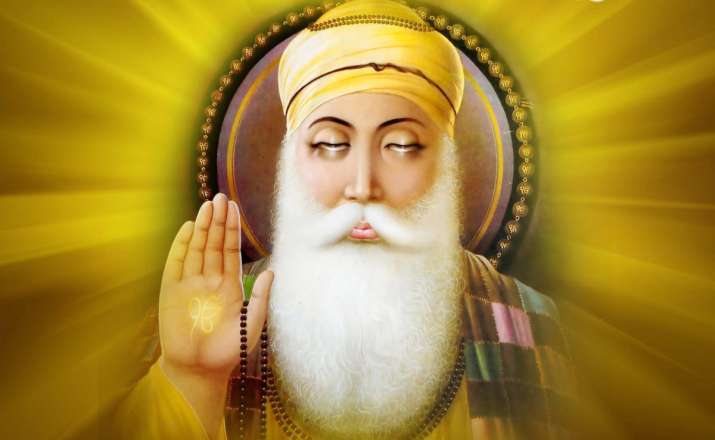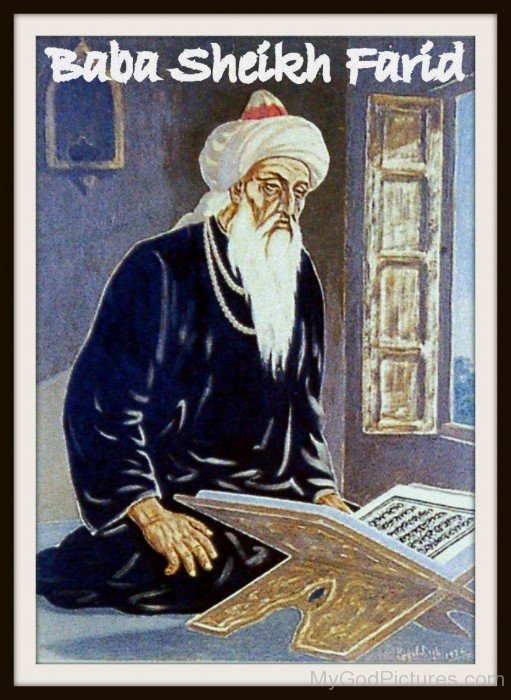Wilt thou love God, as he, thee? then digest,
My soul, this wholesome meditation;
How God the Spirit, by angels waited on
In heaven, doth make his temple in thy breast.
The father having begot a son most blest,
And stil begetting (for he ne'er begun)
Hath deign'd to choose thee by adoption,
Co-heir to his glory' and Sabbath's endless rest.
And as a robb'd man, which by search doth find
His stolen stuff sold, must lose or buy it again,
The son of glory came down and was slain,
Us whom he'd made, and Satan stole, to unbind.
Twas much that man was made like God before,
But, that God should be made like man, much more.
Holy Sonnet 11, John Donne
In another post I shall put up the passages from Master's books which the above lines evoke for me.
Jai Sai Master
Merry Christmas to all
#John Donne # Meditations #SaiMaster


